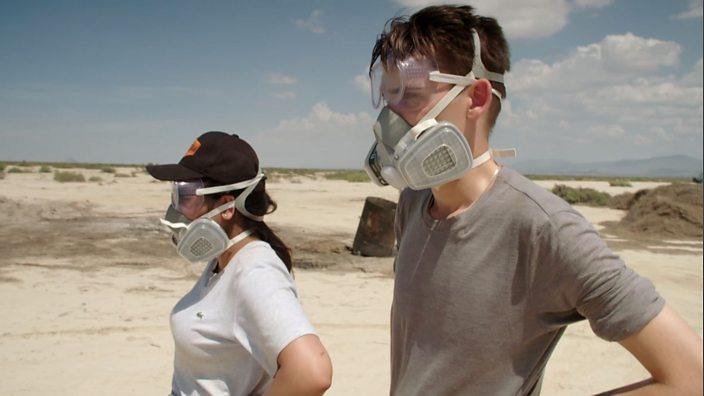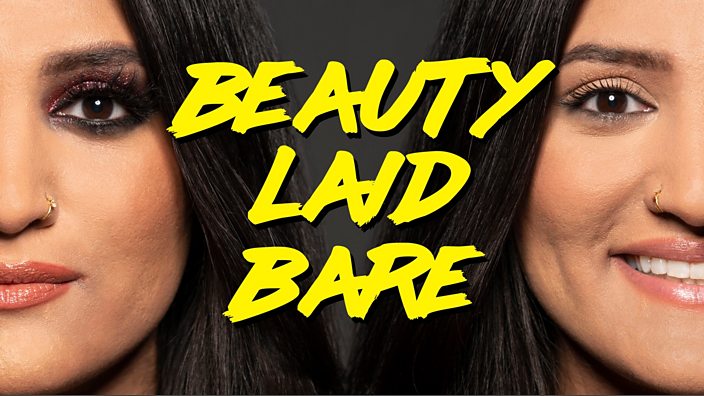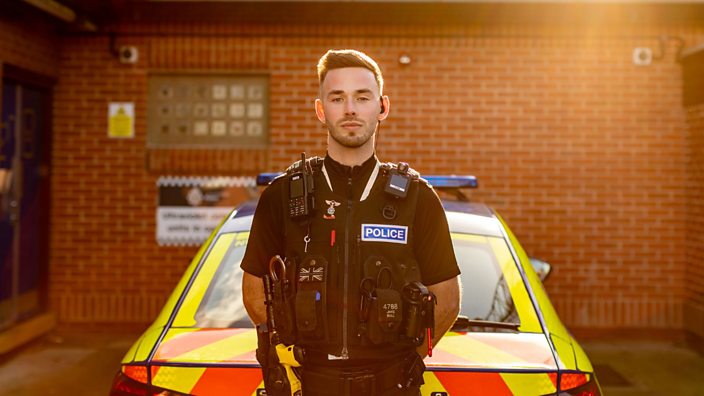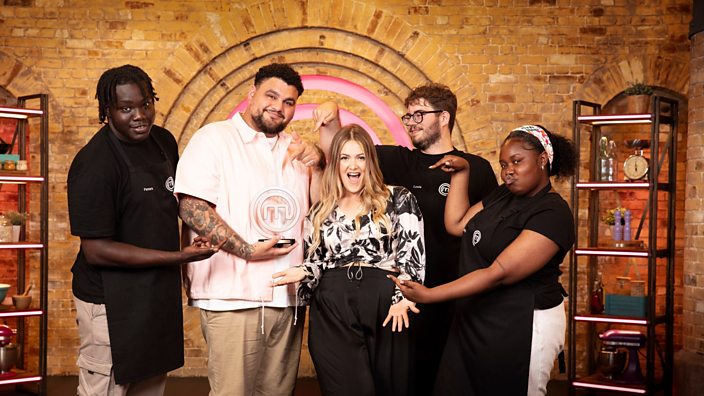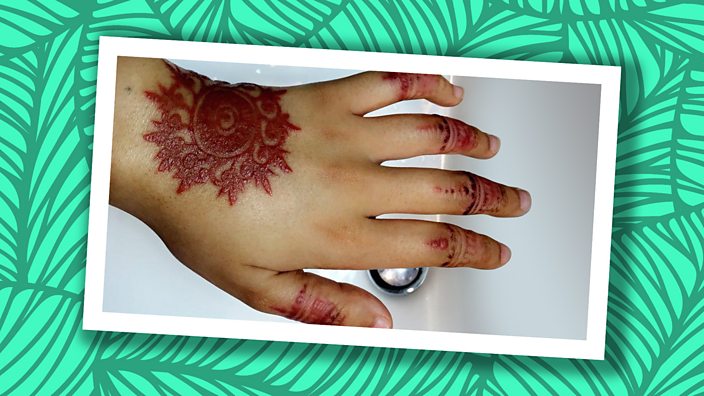 Deena Stevens/iStock
Deena Stevens/iStockBlack henna: 'My holiday henna tattoo scarred me for life'
How do you know if you're being offered black henna?
“It was really freaky, I didn’t know what was going on. I’d never even heard of black henna.”
Mary Bates was visiting Turkey in 2015 when a woman on the beach asked her if she wanted henna. She’d never had it done before, but she thought the designs looked pretty, so she asked for a dream-catcher on her ankle. She was 16 at the time.
“After about an hour, something seemed wrong,” she tells BBC Three. “All the lines started to become raised, and it just kept getting worse and worse. After a few days it started oozing, and huge bits of skin peeled away.”
What Mary was experiencing was a reaction to so-called “black henna" – something you may have seen being offered if you’ve been on a beach holiday. It essentially looks like a temporary tattoo, which artists promise will come off naturally within a few weeks. A thick black paste is applied, usually in a similar pattern to those done with brown, natural henna.
Unlike natural henna, however, black henna contains high levels of a chemical called paraphenylenediamine, or PPD for short. PPD is the stuff found in some hair dyes, but it is in much higher concentrations in black henna.
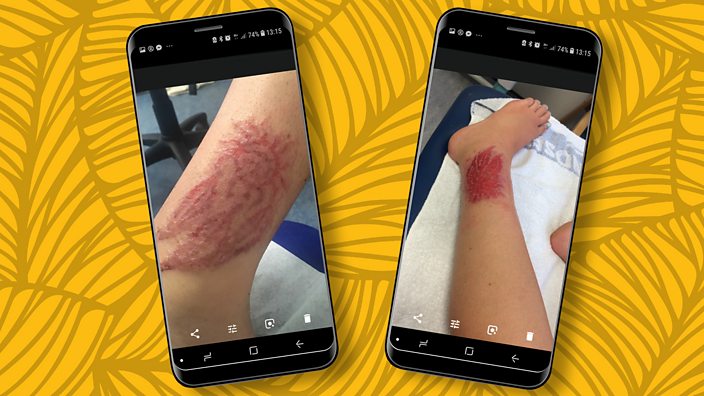 Mary Bates/BBC Three
Mary Bates/BBC ThreeThe desire for dark henna goes back thousands of years. In some cultures, mainly in South Asia, it’s said that the darker a bride’s henna is, the deeper the love between her and her husband-to-be. This legend – and tales of brides being so in love that their henna turned black – prompted artists to try and replicate that effect. This eventually led people to come up with synthetic, black versions using the chemicals found in hair dye - although it's not known exactly when this happened.
This is where the problem lies.
Unlike black henna, natural henna never contains PPD - it is made entirely of plant-based ingredients, including eucalyptus. Once it hardens and peels off, it leaves an orange stain, which then darkens to a burgundy colour over the next two days. Some brides have it applied to their hands and feet, it's used at religious festivals, and has even been used to give women with cancer - who've lost their hair - beautiful floral 'crowns'.
But because this distinction between black and brown henna hasn't always been well-known, black henna has proliferated in tourist hotspots, particularly around southern Europe and North Africa.
While not everyone who has a black henna tattoo will suffer a reaction, the risks if they do are so severe that, in the European Union, it’s illegal to put such high concentrations of PPD on the skin.
Mary, who is now 19, was given a course of steroid treatments and a honey-based gel. She ended up having to go to hospital every week for over a month before her ankle healed.
"The state of it, was just... something else," Mary says. "Even the doctors at the hospital were like, 'Yeah, this is going to scar you for life'. Luckily it didn't - there's nothing there anymore."
 Mary Bates
Mary BatesMary is one of the lucky ones. Kelly Hutton experienced a similar problem to Mary – only in her case, it was her son Alex who had a reaction. The scarring was so bad that it still covers a huge part of his arm.
“I felt so guilty,” Kelly tells BBC Three. “I didn’t think to get Alex, who was seven, a patch test because his older sister Megan had had one, and she hadn’t had a reaction. And he wanted the biggest one they could possibly fit on his arm, a massive dragon design.”
The family went to Morocco last October for a half-term holiday, and met two women on the beach who offered them black henna.
Kelly thought that, because they had henna days for children at the nursery she owns, it would be safe for her children to get it done. At the time, she had no idea that black henna was different to natural henna.
And, at first, everything did seem fine. It was only about a week-and-a-half later, once they were back home in Loughborough, that Alex woke up in the middle of the night trying to “scratch his arm off”.
“Alex’s skin had started to bubble up in the exact shape of the dragon he’d had on his arm, and wouldn’t stop itching it” Kelly says. “We took him to the doctor and they gave us some steroid cream”.
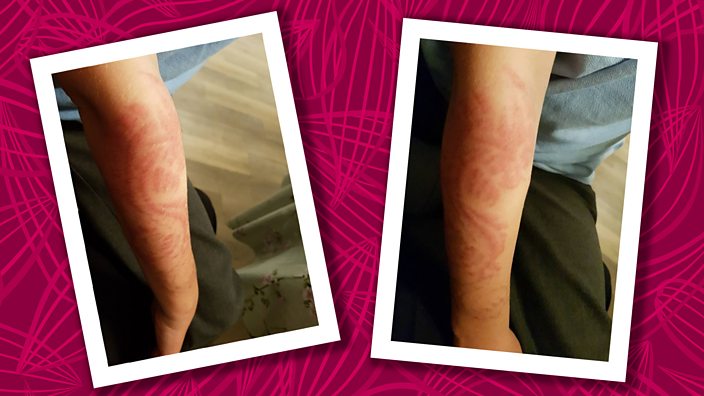 Kelly Hutton/iStock
Kelly Hutton/iStock“The cream eventually worked, and he did stop scratching – but the black henna has left a proper scar on his arm that still hasn’t faded. Alex thinks it’s amazing because he now has a scar in the shape of a dragon on his arm, which is the kind of thing only an eight-year-old boy would think."
Even though it has been eight months, Kelly still beats herself up about it. She blames herself for not realising there’s a difference between the natural henna they use at the nursery, and the black henna offered to her own kids.
But even knowing the difference doesn’t always protect you. Deena Stevens, 26, was fooled by henna artists at a cultural event in the United Arab Emirates, a year-and-a-half ago - despite being aware of the dangers. She agreed to get it done, assuming that what they were using was natural henna paste.
It was only after it was applied, when she saw her hand in good lighting, that she realised it was black.
“I immediately went home and scrubbed off as much as I could,” she says. “It didn’t react for the rest of the week, so I thought it would be fine. But about a week later I woke up at 3am scratching my hand and feeling an intense itching.”
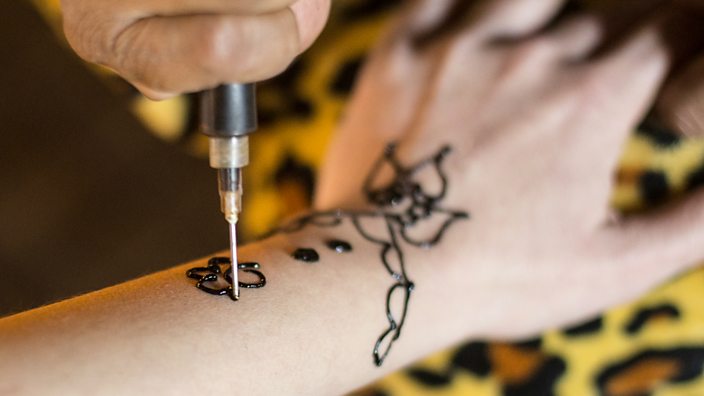 iStock
iStockDespite going to the hospital first thing in the morning for steroid ointments and antihistamine tablets, the reaction only got worse.
“I couldn’t sleep for the first four weeks after I had this reaction,” she says. “It was like a searing pain as the chemicals burned me. I had to go to the hospital daily and get a shot of antihistamine and hydrocortisone steroid ointment. I was also given painkillers, but nothing brought the swelling down or helped reduce the pain.
“It took about 40 days for the burning to stop, and I had to continue taking the antihistamines for about five months. I used about seven different creams to help keep the itching down and to start the healing process.”
Even now, despite all of this, Deena still has the scar from the henna.
Dermatologist Dr Anjali Mahto tells BBC Three that she’s encountered many different people coming in with black henna scarring – particularly if they’ve been to cultural events and weddings, where they use a lot of it.
“I remember seeing a patient who’d actually been to a wedding in Somalia, and had had a lot of ‘henna’ put on her hands – but it was black henna,” Anjali says. “She developed a blistering reaction over the areas that had been painted.”
She warns that scarring is really common, although how prominent it is – and whether it’s permanent – depends on how bad the initial reaction is. Studies have found that at least 69% of people will suffer a reaction to black henna if it’s left on the skin for 120 minutes or more, which is common when it’s applied as a temporary ‘tattoo’.
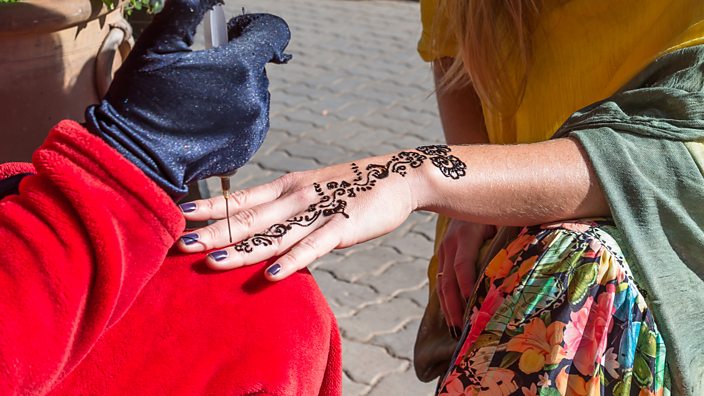 iStock
iStock“If you have a lot of blistering and a lot of swelling, it is possible to end up with permanent scarring. You can get pigmentation change, and end up with patches of very light skin in the areas that have been treated in the past,” she says. “Often you see people who’ve had reactions in the past, and you can see the outline of the henna tattoo that they may have had.”
Putting PPD on the skin can make a person allergic to the chemical, with their sensitivity continuing to get worse until they are unable to use hair dye without having a reaction.
One woman, Julia McCabe, died in 2012 after dying her hair – despite having used the same hair dye many times before. The inquest into her death found that she had had a black henna tattoo on holiday five years earlier, which had made her allergic to dye. After that she had carried on using hair dye, but it started giving her rashes. Eventually, the dye caused a serious anaphylactic shock that killed her.
“The best thing to do if you think you’re having a reaction to black henna is to seek medical attention really early,” Anjali says. “Then, we can give you steroid ointments that can calm the inflammation down, and steroid tablets as well if you need them. But ultimately the best thing to do is to avoid black henna in the first place.”
Henna artist Ash Kumar, whose work can be seen in Bollywood films and pop videos, is one of the leading voices in the fight against black henna. He's keen to make clear that black henna isn’t the real deal – not least because, he says, people are now scared to get any sort of henna done for fear of having a reaction.
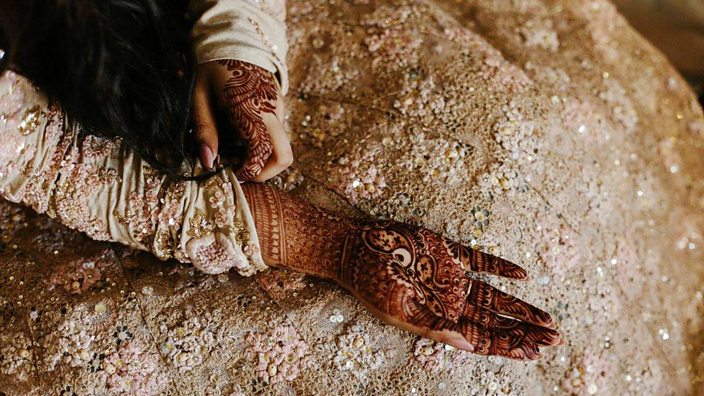 Ashitha Nagesh/Wonderful & Strange
Ashitha Nagesh/Wonderful & Strange“Real henna is totally safe – it’s been used for thousands of years,” he says. “It has plant-based ingredients in it like eucalyptus that help cool the skin, which is why it’s put on women a couple of days before they get married. It’s traditionally done for therapeutic reasons, to calm the bride down and help her relax. That’s why Hindus do it, Muslims do it, Sikhs do it, certain Jewish communities use it - if you get the right stuff, it’s really good for you.”
Natural henna, Ash says, has a very distinctive smell, whereas black henna usually doesn’t give off an odour.
“Natural henna is a brown paste, and the scent it gives off will be like clove or eucalyptus – kind of like Vicks vapour rub, if you know what that smells like. But black henna paste is odourless, or might smell a bit like paraffin. It doesn’t have a pleasant smell.”
And he warns that natural henna never, ever dyes the skin instantly – so that should be a major warning flag.
“If you’re on holiday and you see someone propped up somewhere with a board full of henna designs, advertising temporary tattoos, ask them if the colour is instant. If they say yes, then run!”
People applying black henna usually aren’t doing so maliciously – like those who have it done, they are often ignorant of how dangerous it can be. However, the effects can end up being life-changing for those who suffer a reaction – like Deena, who is still badly scarred from her black henna.
“I hate it and the permanent side effects it’s caused,” she says. “I’d hate for anyone else to have to go through this.”





